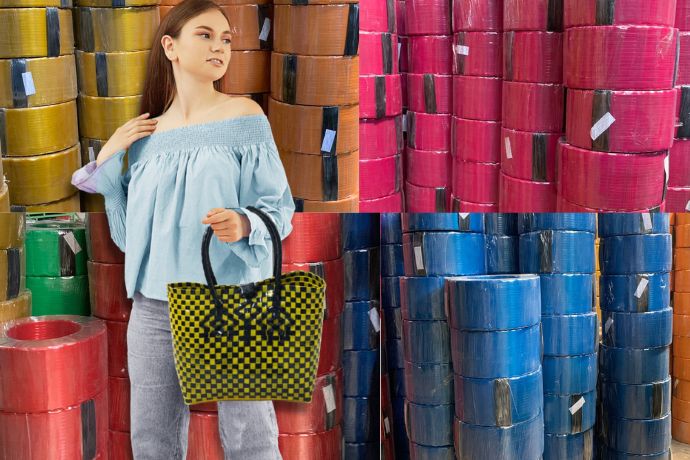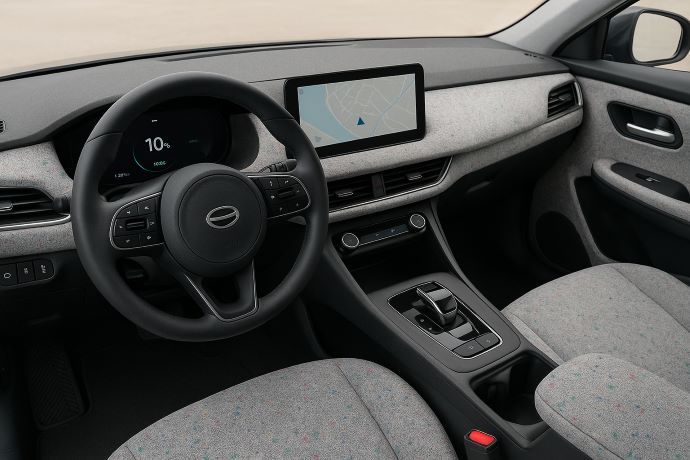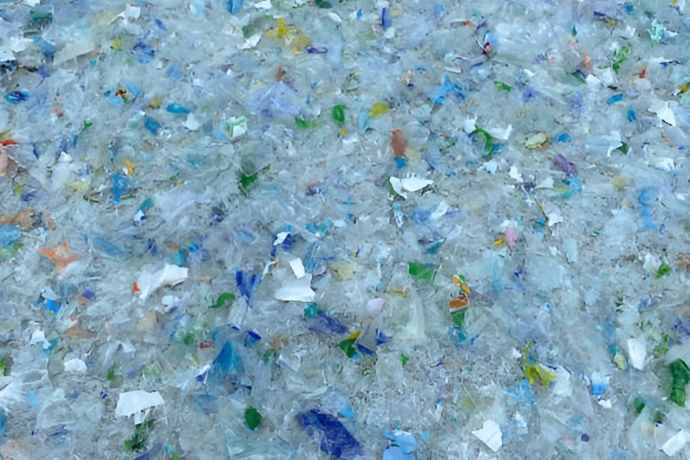Understanding 7 Types of Plastic for Better Waste Management
Key Takeaways:
- Plastic recycling codes (1–7) help identify the type of plastic and determine how it should be recycled or avoided.
- PET, HDPE, and PP are safer and easier to recycle, while PVC, PS, and “Other” plastics are harder to process and often harmful.
- Sorting plastic waste by its recycling code at home improves recycling efficiency and supports environmental sustainability.
Have you ever wondered about the small numbers inside the recycling symbols on your plastic packaging? These numbers not only identify the type of plastic but also can help you manage your waste more effectively.

By grouping types of waste based on these numbers, you can ensure that the waste you dispose of is recycled properly and easily, starting from your home.
In this article, we will briefly explain the meaning of each plastic code and provide examples of products. So you can start classifying your own waste immediately.
1. PET (Polyethylene Terephthalate)

Found in: Water bottles, soda bottles, food packaging
PET plastic can be recycled multiple times. The recycled products can be in the form of plastic flakes or pellets, which can be used to produce new bottles and containers. This recycling process helps reduce the need for virgin plastic pellets.
2. HDPE (High-Density Polyethylene)

Found in: Milk jugs, detergent bottles, shampoo bottles, motor oil bottle
HDPE plastic is easy to recycle and can be converted into plastic flakes or pellets. Because of its recycling potential, it has become important for us to start sorting HDPE plastic waste to prevent it from polluting the environment.
3. PVC (Polyvinyl Chloride)

Found in: Pipes, toys, cling wrap, medical tubing
PVC plastic is rarely accepted by recycling companies due to its environmental impact and complex recycling process. It's best to avoid using PVC if possible.
4. LDPE (Low-Density Polyethylene)

Found in: Plastic bags, plastic wrap, food storage containers, infusion bottles
LDPE plastic is difficult to recycle because of its low density. However, Langgeng Jaya Group is capable of recycling LDPE waste and turning it into high-quality plastic pellets for LDPE-based products.
5. PP (Polypropylene)

Found in: Fruit containers, plastic furniture, microwaveable meal trays, motor vehicle parts
PP plastic is suitable for food containers and automotive parts due to its resistance to heat and chemicals. Although recyclable, PP is not as commonly recycled as PET or HDPE. Recycled PP is often used in industrial applications, including battery boxes and signal lights.
6. PS (Polystyrene)

Found in: Disposable cups, plastic cutlery, egg cartons
PS plastic; or Styrofoam, can release harmful chemicals like styrene; a potential carcinogen, especially when heated. Due to high processing costs, PS is rarely recycled. It's advisable to avoid using PS products frequently.
7. Others (Including Polycarbonate and Bioplastics)
Found in: Baby bottles, sippy cups, water bottles, medical storage containers
This category includes all plastics not identified by the previous six codes. Generally, this code is used for products made from layered or mixed plastics.
Polycarbonate (PC) is one of the common types of plastic in this category. The recycling process is difficult due to the presence of mixed materials and bisphenol A (BPA); consequently, this plastic often ends up in landfills. It is important to look for BPA-free products and double check the recycling code/symbol before you buy a plastic product.
Important Points to Make It Easy for You
- Hazardous Materials: Many types of plastic can release harmful chemicals under extreme conditions. Avoid using PVC and PS due to their high toxicity.
- Safe Options: PET, HDPE, and PP are generally safer for food and beverage use and are easier to recycle. Sorting these types of plastic waste is essential for recycling.
- Recycling Awareness: Not all plastics are easy to recycle. Be mindful of the types of plastics you use and their environmental impact.
Do you now understand each of the plastic recycling codes? Grouping your plastic waste should be much easier.
By understanding and correctly identifying each plastic code, we can increase the potential for recycling our daily plastic waste and contribute to protecting the environment from improper recycling processes.
You can also offer your plastic waste to us. Learn more about becoming a plastic waste supplier for Langgeng Jaya Group here.
For more information on recycling and plastic management, visit the Langgeng Jaya Group blog.



